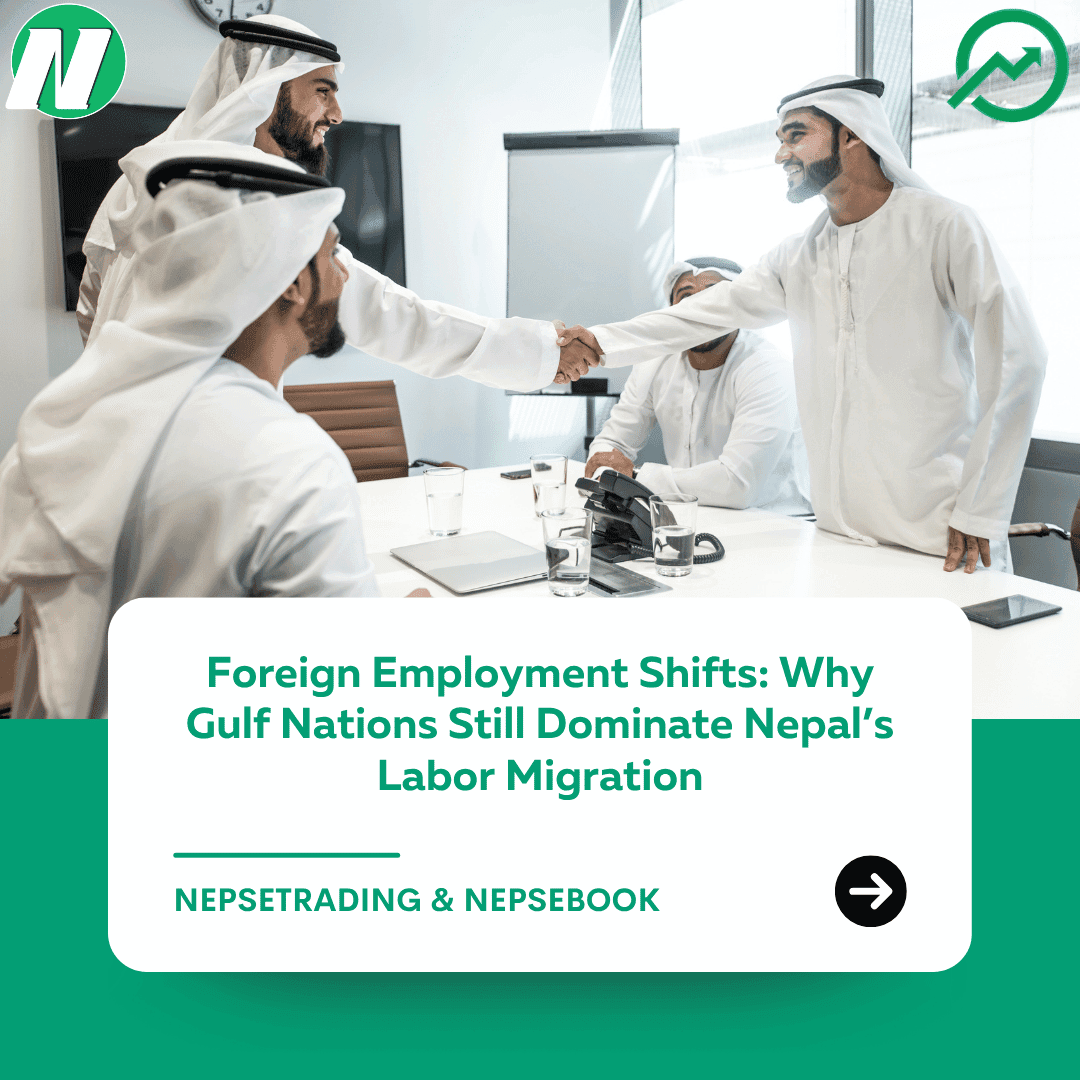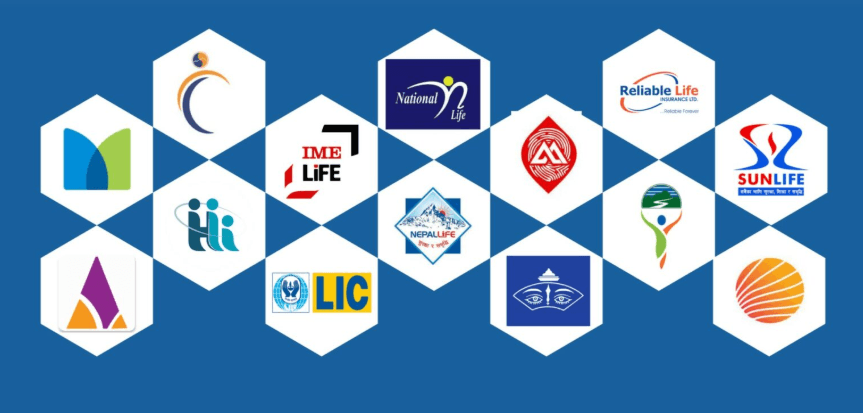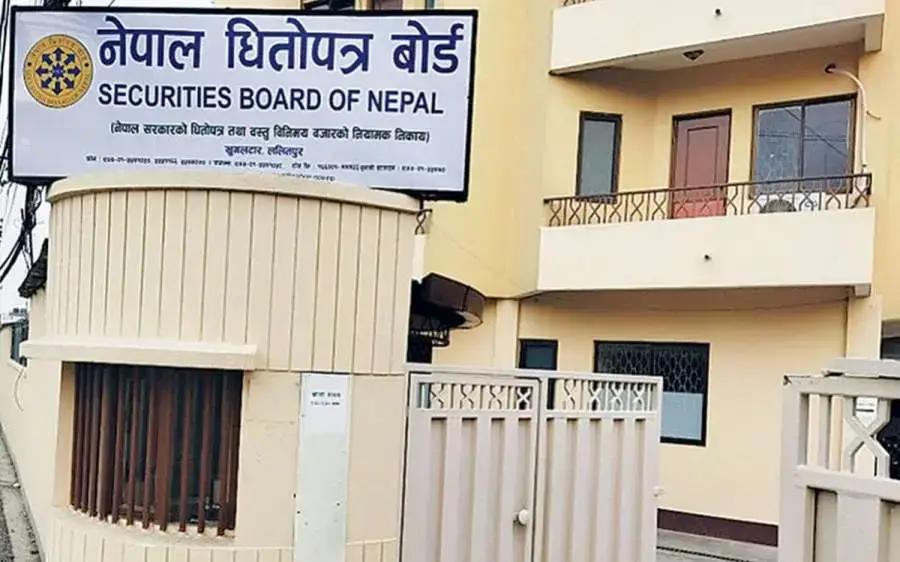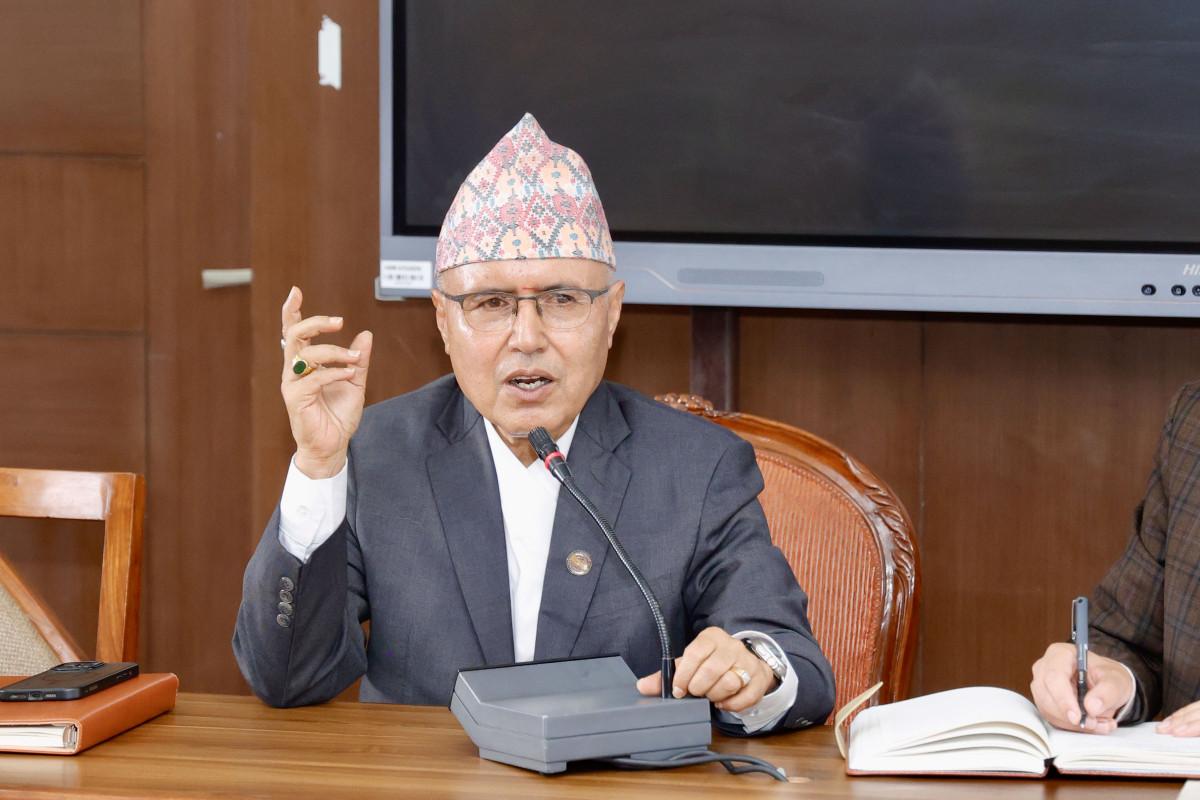By Sandeep Chaudhary
Foreign Employment Shifts: Why Gulf Nations Still Dominate Nepal’s Labor Migration

Nepal’s foreign employment landscape in 2025/26 is showing signs of change, but the Gulf nations continue to dominate as the primary destination for Nepali migrant workers. Despite increasing opportunities in Japan, Cyprus, Romania, and Malaysia, countries like UAE, Qatar, Saudi Arabia, and Kuwait still absorb the lion’s share of labor migrants.
In the first month of 2025/26, over 70% of new Nepali workers went to Gulf countries. The UAE alone took in 17,779 workers (40% share), followed by Saudi Arabia (5,900), Qatar (4,411), and Kuwait (2,627). Even in the renew entry category, Qatar (7,673) and UAE (6,059) remain at the top.
Analysts say the Gulf’s dominance is rooted in three key factors:
Accessibility and Lower Barriers – Compared to destinations like Japan or Korea that require language proficiency and skill tests, Gulf jobs are easier to access, especially for unskilled and semi-skilled workers.
High Volume Demand in Construction and Services – Mega infrastructure projects, service industries, and domestic work continue to drive mass demand for cheap labor.
Historical Migration Networks – Long-established recruitment channels, community ties, and remittance flows have built a migration “habit” toward the Gulf.
However, the dominance comes with challenges. Nepali workers in the Gulf face lower wages, fewer protections, and higher risks of exploitation, compared to regulated labor markets like Japan or Europe. Critics argue that Nepal must diversify migration destinations and strengthen labor rights protections to reduce over-reliance on Gulf economies.









